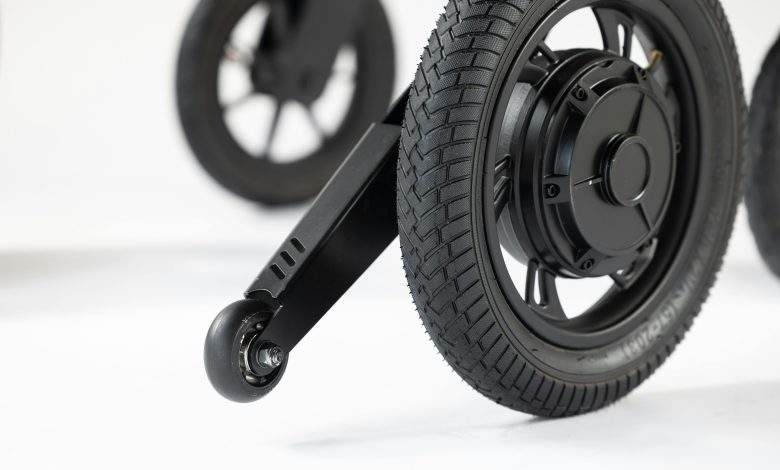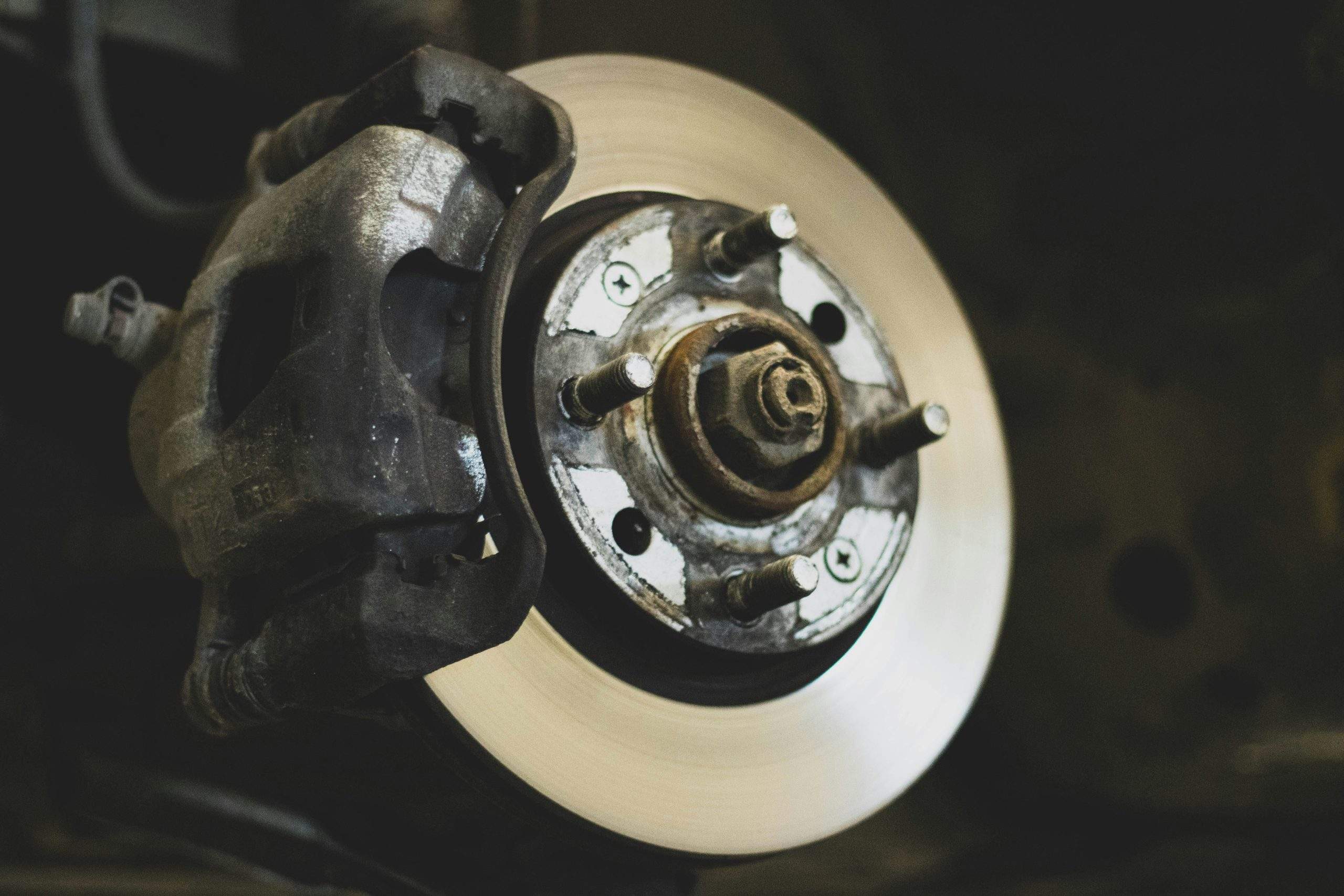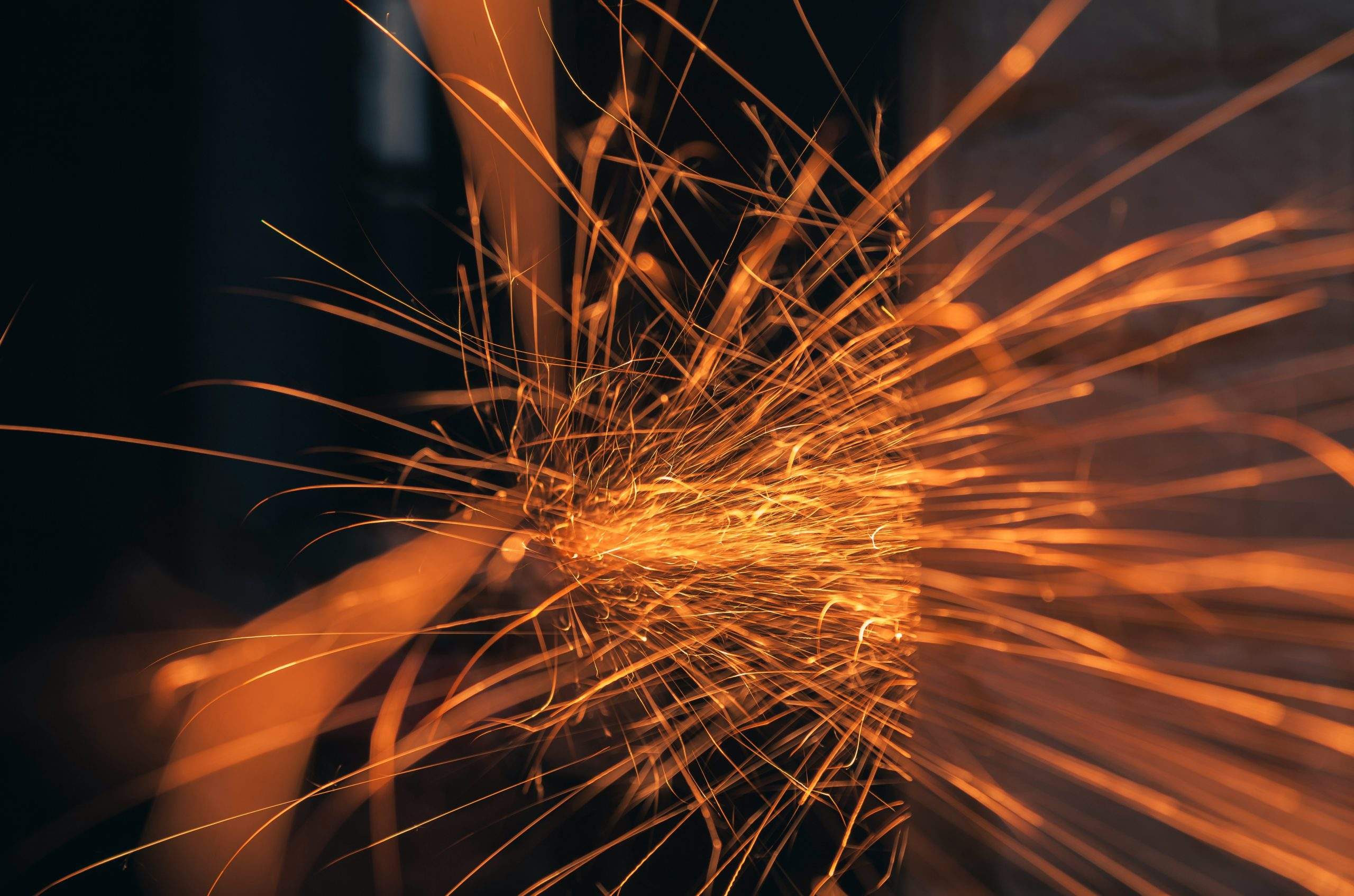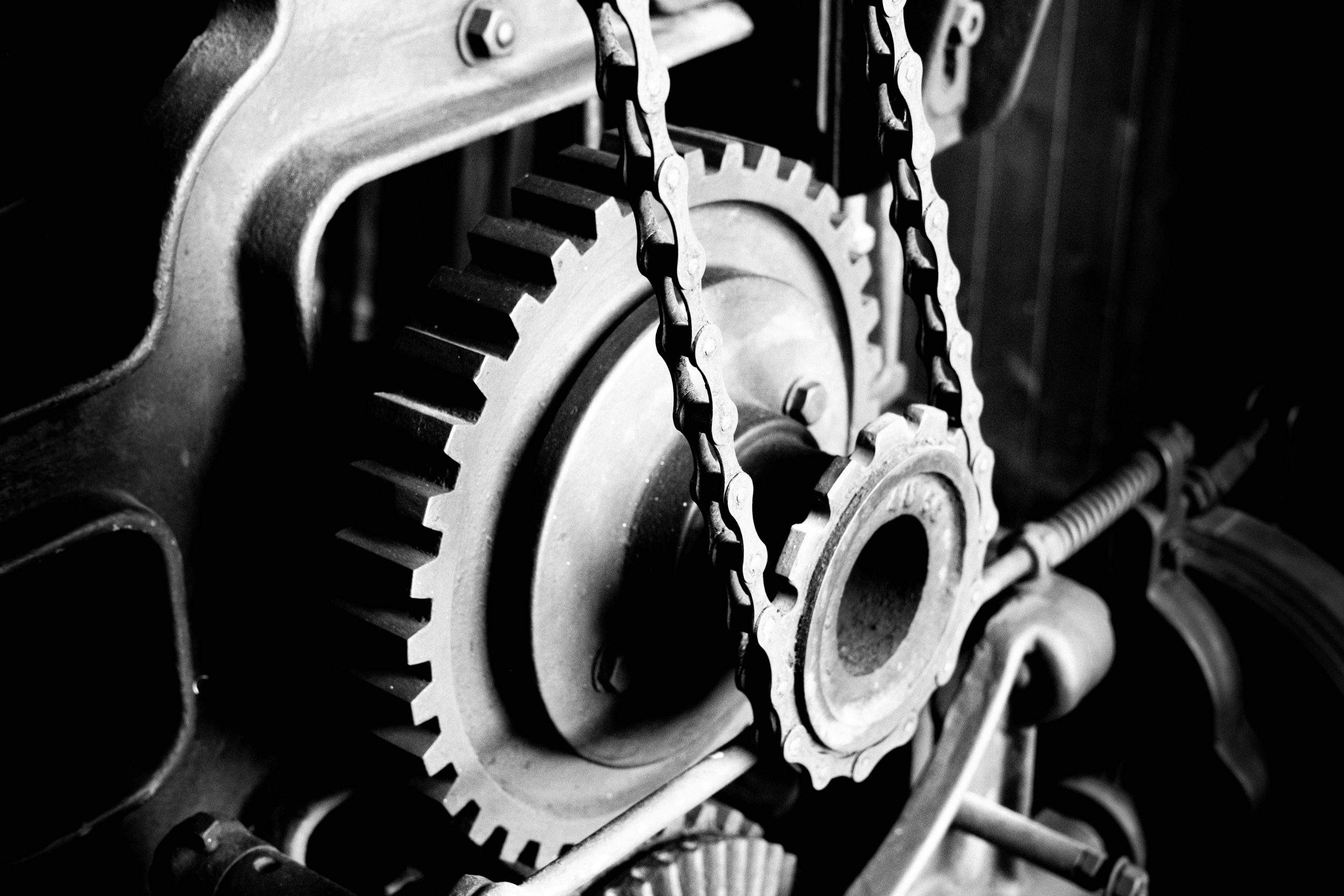
5 Advantages and 5 Disadvantages of Friction
Friction, often viewed as the pesky force that puts a damper on smooth motion, is a fundamental aspect of our physical world with both advantages and disadvantages that are often overlooked. From the simple act of walking to the complex machinery used in industries, friction plays a crucial role in shaping our daily lives. In this article, we delve into the intriguing world of friction by exploring five key benefits it offers and five drawbacks it presents. By understanding the dual nature of this force, we can grasp its significance in various fields and appreciate its impact on everything from sports performance to technological advancements. So buckle up as we embark on a rollercoaster ride through the highs and lows of friction’s influence!
Introduction
Friction is a fundamental force in our everyday lives that is both essential and at times frustrating. On one hand, friction allows us to walk, drive vehicles, and grip objects with ease by providing traction and stability. However, the same force can also hinder movement, causing wear and tear on surfaces and machinery.
In the world of sports, friction plays a crucial role in enhancing performance. Athletes rely on footwear with specialized treads to maximize friction on various playing surfaces. This enables them to make quick turns, stops, and accelerations with precision. However, excessive friction can lead to injuries such as blisters or muscle strains due to the increased resistance it creates against body movements.
Advantages of Friction
Friction, often viewed as an obstacle, actually serves many purposes in our daily lives. One notable advantage of friction is its role in allowing us to walk or run without slipping. Without the gripping force provided by friction, we would struggle to move efficiently on various surfaces. Additionally, friction enables the mechanical brakes in vehicles to function effectively, ensuring safety and control while driving.
Moreover, the concept of static friction plays a crucial role in keeping objects stationary when needed. Think about how a book stays put on a table or why your car doesn’t slide down a hill when parked – this stability is all thanks to static friction. It’s these subtle but essential advantages of friction that highlight its importance in our lives beyond just being a mere hindrance.

Provides grip for walking and running
One of the key advantages of friction is its ability to provide grip for walking and running. The friction between our shoes and the ground helps us maintain stability and prevent slipping, especially in wet or slippery conditions. This essential function of friction not only enhances our mobility but also reduces the risk of accidents and injuries during activities like hiking, jogging, or even just walking on uneven surfaces.
Furthermore, by increasing the amount of friction between our feet and the ground, we can optimize our movement efficiency. This means that when we push off the ground while running or walking, a higher level of friction allows for better propulsion, leading to more effective and powerful movements. This aspect highlights how friction plays a crucial role in enhancing performance and maximizing energy transfer during physical activities involving footwork.
Enables writing and drawing with friction pens
One of the key advantages of using friction pens is their ability to seamlessly transition between writing and drawing tasks. The unique ink in these pens allows for smooth writing but also offers the precision and control needed for intricate drawings. This versatility makes friction pens a favorite among artists and creators who appreciate being able to work on both text-based projects and visual artwork with the same tool.
Unlike traditional pens, friction pens provide a satisfying tactile experience when used for drawing, thanks to their smooth ink flow and effortless glide on paper. This frictionless quality reduces resistance when creating fine lines or shading, allowing for more fluid and expressive artwork. Artists can enjoy a seamless creative process with these pens, as they effortlessly switch between writing notes or sketching ideas without any hindrance.
Helps in stopping vehicles on roads
One significant advantage of friction is its role in stopping vehicles on roads. When you press the brakes in a vehicle, the friction between the brake pads and the wheels generates heat, which ultimately slows down or stops the vehicle. This process is crucial for ensuring road safety and preventing accidents.
Moreover, different road surfaces provide varying amounts of friction, influencing how effectively vehicles can be stopped. For instance, rough surfaces offer more friction than smooth surfaces, allowing tires to grip better and vehicles to stop more efficiently. Understanding this relationship between friction and road surfaces is essential for designing effective traffic management strategies and improving overall transportation safety.
Overall, the ability of friction to help in stopping vehicles on roads showcases its practical significance in everyday scenarios beyond just theoretical physics discussions. By acknowledging and leveraging this force effectively, we can enhance mobility systems while promoting road safety for everyone involved.
Facilitates fire-making through frictional heat
Facilitates fire-making through frictional heat – a skill that dates back to the earliest forms of human civilization. Beyond just providing warmth and light, this ancient technique holds a deep connection to our primal instincts. The act of rubbing two materials together until they ignite speaks to our resourcefulness and adaptability as a species.
In today’s world, where matches and lighters abound, the art of fire-making through frictional heat might seem outdated. However, mastering this age-old method can foster a sense of self-reliance and a deeper appreciation for the elements around us. It serves as a reminder of the ingenuity that allowed our ancestors to survive in harsh environments, offering an opportunity for modern individuals to connect with their roots and tap into their inner resilience.

Essential in braking systems for safety
When it comes to braking systems, several components work together to ensure safety, but perhaps none are as crucial as brake pads and rotors. The brake pads are designed to create friction against the rotors, converting kinetic energy into heat to slow down the vehicle effectively. This friction generates immense heat and pressure during braking, highlighting the significance of high-quality materials in these components.
Additionally, ABS (Antilock Braking Systems) plays a vital role in modern braking systems by preventing wheel lock-up and skidding. By modulating the brake pressure on each wheel independently during sudden stops or slippery conditions, ABS enhances safety by maintaining traction and steering control. Its integration in vehicles has significantly reduced accidents caused by loss of control due to locked wheels, demonstrating its essential role in ensuring safer driving experiences.
Disadvantages of Friction
While friction is undoubtedly a fundamental force with many practical applications, it also comes with its fair share of disadvantages. One significant downside is the generation of heat due to friction between moving parts, which can lead to energy losses and wear and tear. This phenomenon is particularly evident in industrial machinery and can result in decreased efficiency and increased maintenance costs.
Moreover, excessive friction can hinder the smooth operation of mechanisms by causing them to stick or jam. This issue not only affects machinery but also impacts everyday objects like doors and hinges. Additionally, high levels of friction can create safety hazards by causing objects to overheat or catch fire, especially in situations where there is no proper lubrication or cooling mechanism in place. Overall, while friction plays a crucial role in our daily lives, it’s essential to mitigate its disadvantages to ensure optimal function and safety across various applications.
Causes wear and tear in machinery
Wear and tear in machinery is a common issue caused primarily by friction, which is both a friend and a foe in the world of mechanical operations. One of the key factors contributing to wear and tear is abrasive wear, where particles come into contact with surfaces, causing gradual erosion over time. This can be exacerbated by inadequate lubrication or poor maintenance practices, leading to accelerated deterioration of components.
In addition to abrasive wear, adhesive wear can also occur when surfaces rub against each other at high speeds and temperatures, causing material transfer and surface damage. The combination of these factors can lead to increased frictional forces within the machinery, resulting in overheating, reduced efficiency, and ultimately machine failure if left unchecked. It’s essential for maintenance professionals to regularly monitor equipment conditions and address any signs of wear promptly to prolong the lifespan of machinery and prevent costly repairs down the line.
While some level of wear is inevitable in machinery due to the inherent nature of friction, taking proactive measures such as implementing proper lubrication schedules, utilizing high-quality materials for components, and conducting regular inspections can help mitigate its effects. By understanding the various causes of wear and tear in machinery and implementing preventive maintenance techniques, businesses can ensure optimal performance from their equipment while minimizing downtime and repair costs in the long run.

Generates unwanted heat and energy loss
Generates unwanted heat and energy loss are often considered as significant drawbacks of friction. When two surfaces rub against each other, the friction generated leads to the production of heat. This can be a problem in many scenarios, especially in machinery and engines where excessive heat can lead to inefficiencies and even damage.
Moreover, the energy lost due to friction can also be a cause for concern. In situations where energy conservation is crucial, such as in vehicles or industrial processes, minimizing friction becomes essential. The challenge lies in finding ways to reduce unwanted heat generation and energy losses caused by friction without compromising the functionality and effectiveness of the system or machinery involved.
Hinders efficiency in machines and engines
One often-overlooked disadvantage of friction is its ability to hinder efficiency in machines and engines. When two surfaces rub against each other, the resulting friction generates heat, which can lead to a loss of energy as well as wear and tear on the parts involved. This causes machines and engines to work harder to overcome the resistance created by friction, ultimately reducing their overall efficiency.
Furthermore, friction can also cause unnecessary strain on moving parts within a machine or engine, leading to increased maintenance costs and shorter lifespan for these components. In industries where precision and optimal performance are crucial, even the slightest increase in friction can have significant impacts on productivity and output. To combat this issue, engineers constantly strive to develop innovative lubrication methods and materials that minimize frictional effects without compromising the performance of the machinery.

Increases maintenance costs over time
With time, the inevitable wear and tear caused by friction can lead to an increase in maintenance costs. As two surfaces rub against each other, they experience gradual degradation that requires regular inspection and potential replacement of parts. This continuous upkeep can add up significantly over time, especially for high-friction systems like engines or industrial machinery.
Moreover, the need for frequent maintenance due to increased friction can also result in downtime that decreases overall productivity. When equipment needs to be taken out of service for repairs or replacements, it disrupts operations and affects efficiency. This ripple effect not only impacts the bottom line but also poses challenges in meeting deadlines and maintaining a competitive edge in fast-paced industries.
Creates resistance, slowing down movement
Creates resistance, slowing down movement is a key disadvantage of friction that often goes unnoticed. While friction serves as a crucial force in many aspects of our daily lives, it can also act as a hurdle by impeding the smooth flow of motion. Picture trying to slide a heavy object across a rough surface – the resistance generated by friction makes this task significantly more strenuous and time-consuming.
This slowdown in movement due to friction can be especially frustrating in scenarios where efficiency and speed are paramount. From sliding doors to mechanical systems, any application that relies on smooth and swift motion can be negatively impacted by the resistive nature of friction. By understanding how friction creates this drag effect on movement, we can better appreciate the need for innovative solutions to mitigate its drawbacks and optimize performance in various fields.
Conclusion: weighing benefits against drawbacks of friction
As we reach the final stretch of our exploration into the world of friction, it’s essential to pause and reflect on the delicate balance between its benefits and drawbacks. While some may argue that friction is an impediment to efficiency and progress, its intrinsic value in ensuring grip, stability, and control cannot be overlooked. The interplay between opposing forces created by friction fuels innovation in areas such as engineering and design, pushing boundaries beyond imagination.
Moreover, let’s not forget that without friction, simple tasks like walking or driving would be near impossible to execute with precision. In essence, friction serves as a silent yet indispensable partner in our daily lives, silently guiding us through moments of challenge while also reminding us of the beauty that exists within resistance. It is this delicate dance between benefitting from its advantages while being mindful of its limitations that allows us to appreciate the full spectrum of what friction has to offer in our ever-evolving world.



